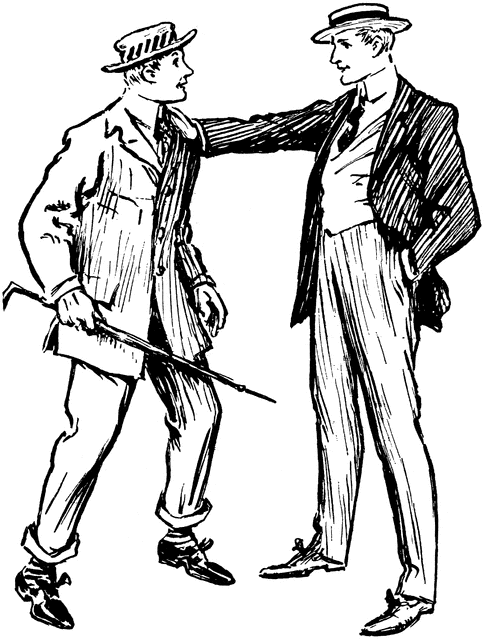Assault Prevention Misconceptions

There is an extremely challenging misconception regarding sexual assault prevention. Almost all of us are connected to a person or people that have experienced sexual violence whether we know it or not...and most of us would do something about the threat of violence if we could. It is in our culture, however, and cultural shifts take time. So, let me tackle a misconception in a way that is tangible, and gives an action step. Traditional self-defense training is effective in the same way airbags are effective. They can save lives, but if used (airbags OR fighting ability) they might, or might not, save the day. Yet that is all we can do, right?? Learn fighting moves? That is the only solution, isn't it?! No! It absolutely is not... When I teach self-protection, I take the reality of sexual assault (you will probably recognize the offender)...and build a system that takes this probability into account. Knowing this gives us a huge advantage! Allowing myself to be in an isolated situation with an acquaintance is FAR more dangerous than walking to the parking deck after work. I am not saying that we should let our guard down in the parking deck, but knowing that I am four times more likely to need my countermeasure in the former situation is key to my preparation, don't you think?
This is where boundaries come into play. Predatory testing, or "grooming," has likely taken place. Have you known a person whose hugs get increasingly uncomfortable? This is a progression of testing. There was no reaction to the previous level, so the 'green-light' is on for escalation. It is common, and is a method for testing boundaries and a person's probable reaction to the "next level." This type of testing is not always an assault precursor, but it needs to be addressed in exactly the same way. Inappropriate is inappropriate--uncomfortable is uncomfortable. In this way, boundaries can tell others how we are to be treated! If we exercise firm, consistent boundaries, we can put the "red-light" on further escalation.
In addition, creating a plan for how I would deal with an attempted assault goes a long way toward increasing my safety. "What if..." this happens? Well...I will immediately...(whatever your plan would be--pepper spray, scream, run, fight). In the attached illustration, the woman needs to make her situation known to the group, right? Did she need to 'beat up' the intoxicated man? Hardly! She broke out of the social conditioning that says "you will get into trouble if you break a window!" or "surely he didn't mean that!" She acted as soon as she was cut off from the group and the man made his intention to control her apparent. Perfect...
Exercise boundaries with strangers, co-workers, and acquaintances alike. If you are crowded or need space, say so! If someone 'creeps you out', make this known to your network, or treat the person cautiously. Your safety is your own. Practice staying comfortable.


















